Ulsan Museum (울산박물관)
13.7Km 2021-04-30
277, Duwang-ro, Nam-gu, Ulsan
+82-52-222-8501
Ulsan Museum is an archive of the past, present, and future of Ulsan City. The museum facilities include a history hall giving a general outline of the city from the prehistoric to the modern times, an industry hall showing Ulsan as the industrial capital of Korea, and a children’s experience hall for educational purposes. This eco-friendly museum equipped with advanced exhibition and education facilities is a model cultural space to help visitors understand Ulsan’s identity.
Taehwagang Donggulpia (태화강동굴피아)
13.8Km 2024-02-20
306 Namsan-ro, Nam-gu, Ulsan
Taehwagang Donggulpia has transformed several artificial caves created by the Japanese military during the Japanese colonial period into a tourist attraction, originally intended for storing military supplies. Visitors can catch a glimpse of Ulsan's history and way of life during that era. Outside the caves, there is an artificial falls, and inside, various experiential zones such as the Cave Adventure Zone, Digital Sketch Experience Zone, and Lighting Art Zone offer diverse interactive experiences.
Gyeongju Yangnam Columnar Joint Observatory (경주 양남 주상절리 전망대)
13.8Km 2023-04-04
498-13 , Donghaean-ro, Gyeongju-si, Gyeongsangbuk-do
+82-54-775-6366
This observatory was built in October 2017 and allows visitors to enjoy the view of columnar joints of Yangnam, a national geopark. The columnar joints are formed along the shoreline of Eupcheon-ri in Yangnam-myeon. Several different forms of columnar joints can be observed from columnar joints that point upward to those that fan out or lean to the side. In particular, the fan-shaped columnar joint is a rare sight not only in Korea but also worldwide, and thus has been designated as a Natural Monument in 2012. Visitors can also see informational exhibits on diverse geographical resources at the observatory as well as ask for a detailed guide by the geology commentator on-site.
Cheoyongam (처용암)
14.4Km 2020-02-05
Hwangseong-dong, Nam-gu, Ulsan
+82-52-229-6350
Cheoyongam is a very small rocky island sitting in the middle of Gaeunpo Inlet in front of Saejuk Village in Hwangseong-dong, Nam-gu, Ulsan.
It is a historic islet related to the famous folktale of Cheoyong. The tale is about a dragon that emerged from the east sea along with his seven sons at the end of the Silla Kingdom (57BC - 935AD). One of the dragon’s sons named Cheoyong came to the capital and married a beautiful woman. One night, he found an evil spirit trying to attack his wife so he sang and danced, whereupon the spirit presented itself and kneeled in apology. Since then, people have used the image of Cheoyong to dispel evil spirits.
The dance that Cheoyong is said to have performed has been titled Cheoyongmu and has been designated as an Important Intangible Cultural Property. Cheoyongam is the sacred rock where the dragon in the tale is said to have appeared. There are many attractions nearby including Mokdo Island (Natural Monument No. 65), which offers magnificent lush greenery all year round.
Twelve Scenic Places of Ulsan City (울산 12경)
14.7Km 2024-02-20
Ulsan Metropolitan City
Twelve Scenic Places of Ulsan City encompass the stunning landscapes of Ulsan, showcasing the natural beauty and cultural richness of the region. These include the bamboo forest in Taehwagang Gardens, the majestic rock formations in Daewangam Park set against the backdrop of the azure sea, the four seasons of Gajisan Mountain, the silver grass field of Sinbulsan Mountain, the breathtaking sunrise at Cape Ganjeolgot, the ancient Petroglyphs of Bangudae Terrace and Cheonjeon-ri from the Neolithic era. Other scenic spots include the Gangdong and Jujeon Pebble Beach, Ulsan Grand Park, the captivating night view from the Ulsandaegyo Bridge Observatory, the charming Jangsaengpo Whale Culture Village, the serene Oegosan Onggi Village, and the picturesque Naewonam Valley in Daeunsan Mountain.
Taehwagang National Garden (태화강 국가정원)
14.7Km 2024-11-28
154 Taehwaganggukgajeongwon-gil, Jung-gu, Ulsan
The Taehwagang River cuts across the heart of Ulsan and flows into Ulsan Bay, which is connected to the East Sea. The river basin, which stretches 36 kilometers from east to west and 28 kilometers from north to south, is mostly comprised of mountainous terrain, but there is fertile land on both sides of the river and at the southern end of the river. The river is presently an important source of drinking water for the citizens of Ulsan.
The field around the midpoint of Taehwagang River was left abandoned for a long time before it was founded as Taehwagang National Garden, preserving nature while providing a resting spot to the citizens of Ulsan. The garden is over twice the size of Yeouido Park in Seoul, and consists of natural water and a lush bamboo forest, known as Simnidae Forest, along with canola and forage barley fields. Simnidae Forest was once in danger of demolition as part of the government's flood control plans but remains preserved thanks to community efforts. Preservation efforts led to turning the area into Taehwagang National Garden of today, which was recognized as Korea's second national garden in 2019.
◎ Travel information to meet Hallyu’s charm - TV series"Death's Game"
This is the place that Yee-jae, reborn as his mother, visited to remember his mother by. There are six thematic gardens along the Taehwagang River, all beautiful in their own unique ways. The view created a strong contrast with Yee-jae’s sad expression, creating a memorably tragic scene.
The Taehwagang National Garden and Simni Bamboo Grove (Milky Way Trail) (태화강 국가정원 십리대숲 (은하수길))
14.7Km 2025-08-06
5 Saetgangnam-gil, Jung-gu, Ulsan
Simni Bamboo Grove is a bamboo forest that stretches over about 4 kilometers along the Taehwagang River and is a natural garden using bamboo that has grown naturally for a long time. It is a healing space in the city where the river wind blowing through the bamboo and the whisper of bamboo leaves tickle one's ears. It's also a unique night garden where the Milky Way descends in the dark, hence its name "Milky Way Trail." It is a must-see course where you can feel as if you are walking along the Milky Way in the night sky as colorful lights meet bamboo.
Ulsan Grand Park (울산대공원)
14.8Km 2024-11-11
94 Daegongwon-ro, Nam-gu, Ulsan
+82-52-271-8816
Ulsan Grand Park, located in Namgu Ok-dong, is an ecotype city park with multiple attractions. The park offers huge swimming pool, a theme park, an outdoor concert area, multipurpose sports field and more. The outdoor theme park offers 4 different size ponds, a walking trail, playgrounds, outdoor concert hall, squares, multipurpose sports field and picnic areas. Also near the South gate, you can find a butterfly field, rose garden, and a small zoo.
Artbox - Ulsan Okdong Branch [Tax Refund Shop] (아트박스 울산옥동점)
15.0Km 2024-06-27
339, Munsu-ro, Nam-gu, Ulsan
-
Taehwagang River (태화강)
15.0Km 2020-09-05
Mugeo-dong, Nam-gu, Ulsan
+82-52-120
Taehwagang River cuts across the city of Ulsan from the west to east and originates from Tapgolsaem Spring on Baegunsan Mountain. The 47.54-kilometer-long river passes through downtown Ulsan and empties out into Ulsan Bay on the East Sea. Not just a symbol of pride for the people of Ulsan, the river has long since been a precious commodity that has played a pivotal role in Ulsan culture and history. There are several attractions and amenities near the river such as a bamboo forest park, grassy fields, a pampas grass colony, trails, and exercise facilities. The river itself is home to many freshwater fish, while the riverside area is a famous habitat for migratory birds.

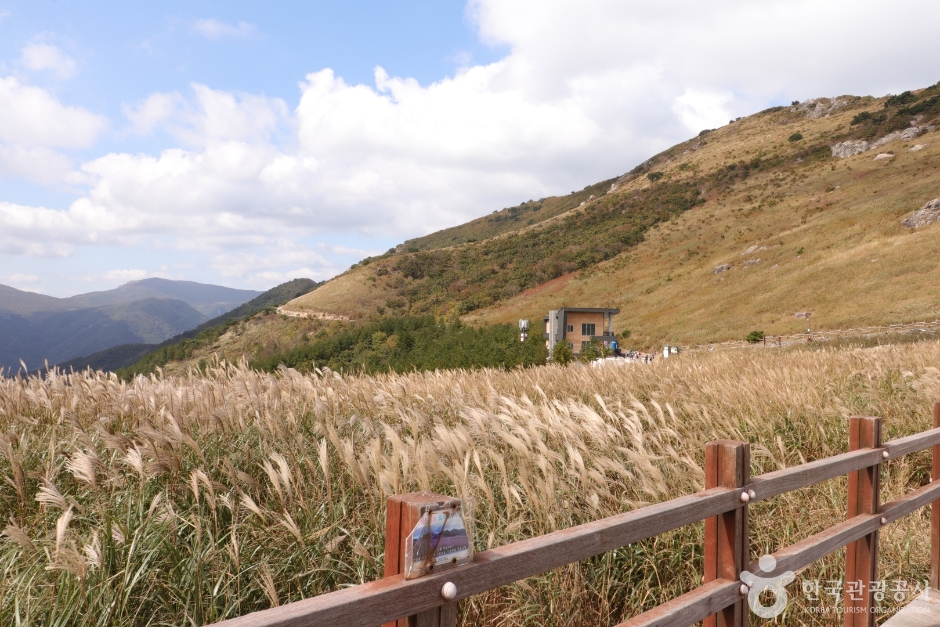
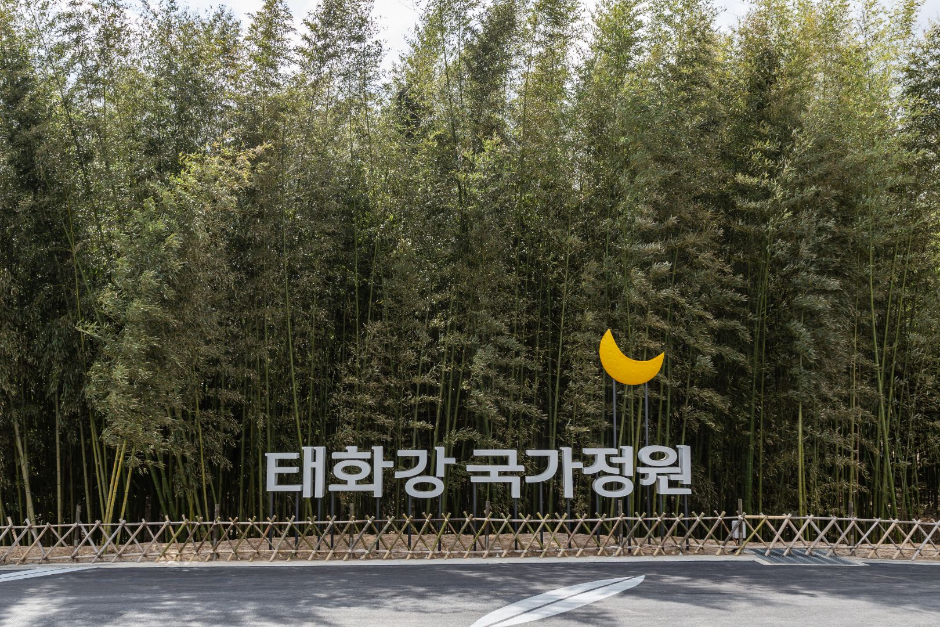
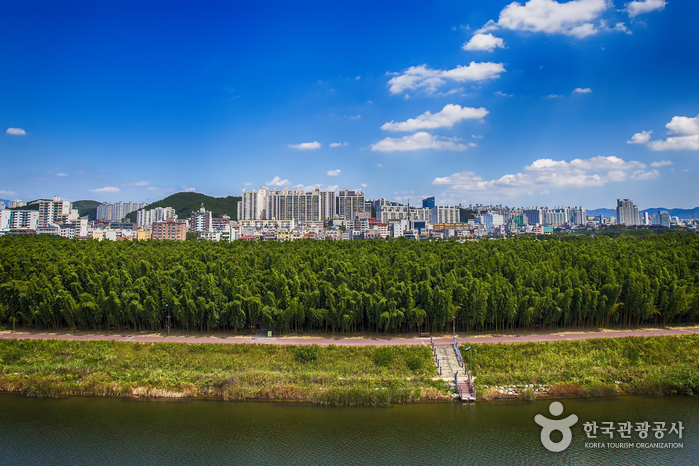
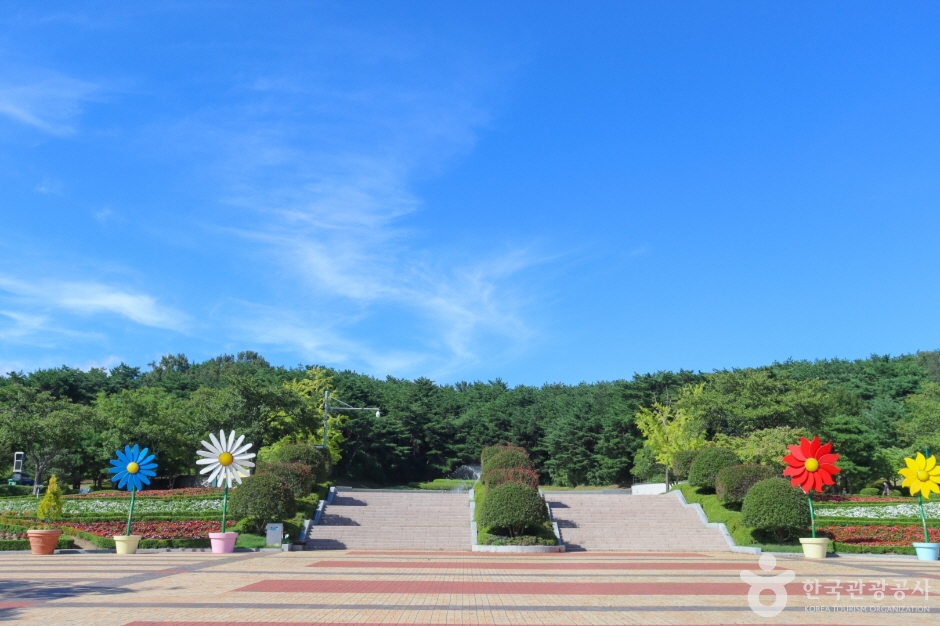
![Artbox - Ulsan Okdong Branch [Tax Refund Shop] (아트박스 울산옥동점)](http://tong.visitkorea.or.kr/cms/resource/77/3314077_image2_1.jpg)
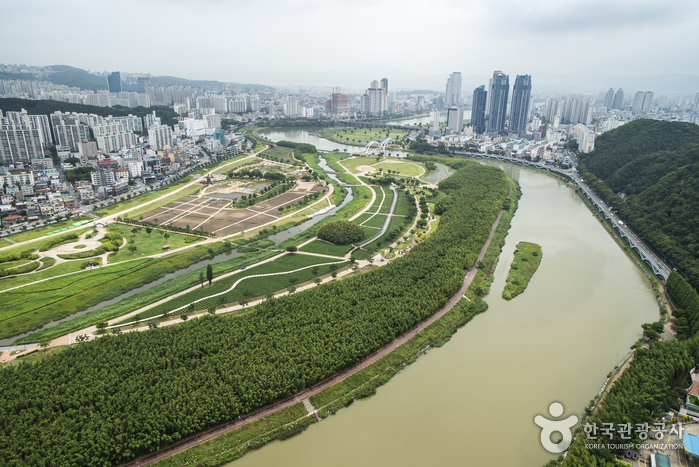
 English
English
 한국어
한국어 日本語
日本語 中文(简体)
中文(简体) Deutsch
Deutsch Français
Français Español
Español Русский
Русский